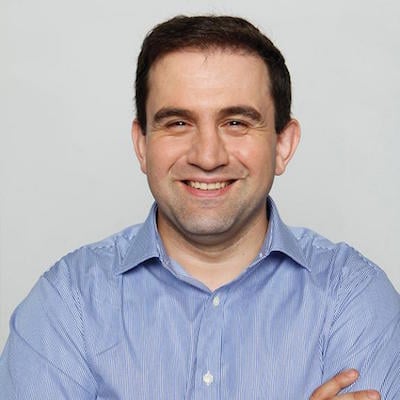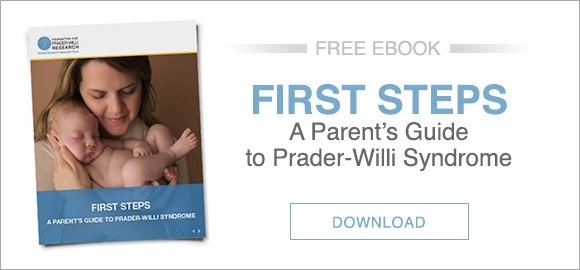 Individuals with PWS present with a very broad range of severity of symptoms, which is why people often refer to PWS as a “spectrum" disorder. A new study funded by FPWR will help us understand how and why there are different degrees of PWS severity, and may help guide the care of individuals with PWS by UPD.
Individuals with PWS present with a very broad range of severity of symptoms, which is why people often refer to PWS as a “spectrum" disorder. A new study funded by FPWR will help us understand how and why there are different degrees of PWS severity, and may help guide the care of individuals with PWS by UPD.
The reason(s) for the range of symptoms is not fully understood. To some degree, the severity of disease might be related to the specific genetic subtype of PWS (deletion, uniparental disomy / UPD, or imprinting defect). However, even within a specific genetic subtype there is a wide spectrum of ability and challenges. Understanding the basis of differences in the PWS severity between individuals is important for a number of reasons, including helping families anticipate which PWS-related complications are likely to occur and how to optimize care.
Dr. David Godler, of Murdoch Children’s Research Institute in Australia, has been working on an FPWR funded project to improve early diagnosis of PWS and facilitate early intervention by developing a cost-effective test for screening newborn babies. His lab uses a new diagnostic test that incorporates powerful, quantitative, cutting edge technology. In examining blood samples from individuals with PWS by UPD, Dr. Godler found evidence that some individuals with PWS apparently harbor a percent of cells that actually have three chromosome 15s (trisomy 15).
The presence of trisomy 15 in a percent of cells in these individuals might be contributing to how “their” PWS manifests. It’s not clear whether having some cells with trisomy 15 would be an advantage (the third chromosome 15 is likely paternal in origin, so it might express the PWS genes) or a disadvantage (cells with 3 chromosome 15s might not function as well overall). Dr. Godler presented some of this work at the 2016 IPWSO conference in Toronto and a summary can be found here.
Dr. Godler's new study, "Prevalence and Aetiology Of PWS Low Level Mosaicism In UPD Undetected By Standard Testing,” will explore the phenomenon of trisomy 15 in PWS by UPD. Dr. Godler’s group will screen a large number of PWS-UPD samples and will identify those that have low levels of trisomy 15 (ie, those patients who are “mosaic” - having some PWS by UPD cells, and some trisomy 15 cells).
He will work with Dr. Merlin Butler, who has extensive experience in understanding clinical aspects of PWS. Together, they will determine how often mosaicism occurs in PWS by UPD, and what the consequences are – whether the presence of these trisomy 15 cells makes the PWS characteristics more severe or less severe. This study will help us understand the "how" and "why" of PWS severity, and may help guide the care of individuals with PWS by UPD.








